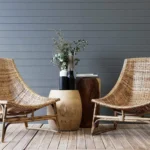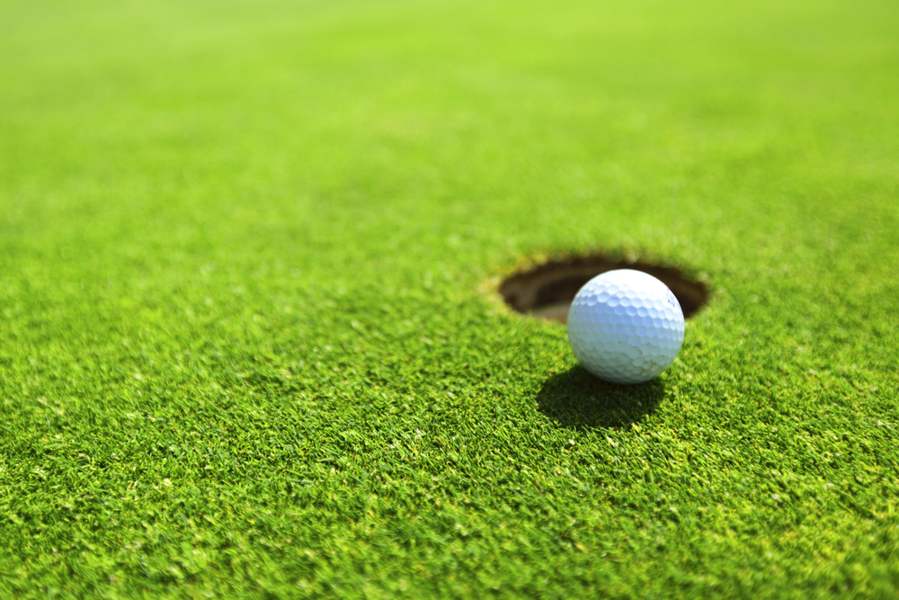Grasses are integral parts of a golf course. Commonly known as “turfgrass,” the hay used in a golf course is traditionally robust and quick healing grass that can stand the test of time. Grass on golf courses is different for regions, based on how grass can stand up to either hot or low conditions. Additional sections on the golf course might require various grasses. These sections range from the tee boxes to the fairways and greens.
Below, we’ll explore all the different types of grass available, their uses, and their importance at golf courses in Chester county, PA. They include:
Bermuda Grass
The Bermuda grass is known for its long-lasting attributes. The Bermuda grass is best suited for warm-weather golfing regions. Bermuda grasses are rigid, can be mowed low, and resistant to drought.
However, it is pertinent to note that there’s a negative side to all the pros the Bermuda grass possesses. The negative side is that the grasses tend to wither and die in cold conditions, making it reseed with perennial ryegrass to fill in holes.
Bentgrass
Bentgrass is known for its perfect aesthetic. Bent grasses are short, flat, and entirely even, making them the best golf grass type for golf courses. They’re extremely short, making it easier to mow while being perfect for golfers putting on the green. With Bent grasses being present at various golf courses in Chester county PA, golfers are assured of improved performance.
Perennial Ryegrass
Perennial ryegrass ticks all the boxes for use on every golf course. Ryegrass is usually found in cool summer regions.
With ryegrass, you can create striping that is important when forming pleasing aesthetics on a golf course. Like several other grass types, the ryegrass can ensure close moving while appearing healthy, making it suitable for any golf course.
Zoysia Grass
Zoysia grass is a type of grass used in putting from fairways, compared to directly putting from a tee. The zoysia grass requires less water. Consequently, greater attention is paid to the grass to improve the longevity of golf courses.
Fescues
While being a predominantly shade grass, fescues are regular grass choices among golf course designers.
Fescues are typically placed at the golf course’s unmowed areas, set for ornamental purposes and fast-growing abilities.
Smooth Stalked Meadow Grass
Like the Bermuda grass, smooth stalked meadow grass offers high resistance to drought, and when damaged by severe footfall, it recovers quickly.
The smooth stalked meadow grass is slightly thicker in texture compared to other grass types. While being slow to establish, this grass type makes it difficult to attempt design.
Smooth stalked meadow grass is ideal for golf courses during the summer.
Conclusion
Putting the right grass type on a golf course improves performance. The area you live in plays a crucial role in the kind of grass you should use.
The amount of time at hand should also be considered. Individuals with less time to spare can find it difficult to maintain certain grass types.
That said, these grass types can be seen in different golf courses in Chester county, PA, providing you with an array of variety when deciding on what golf course to play on.











